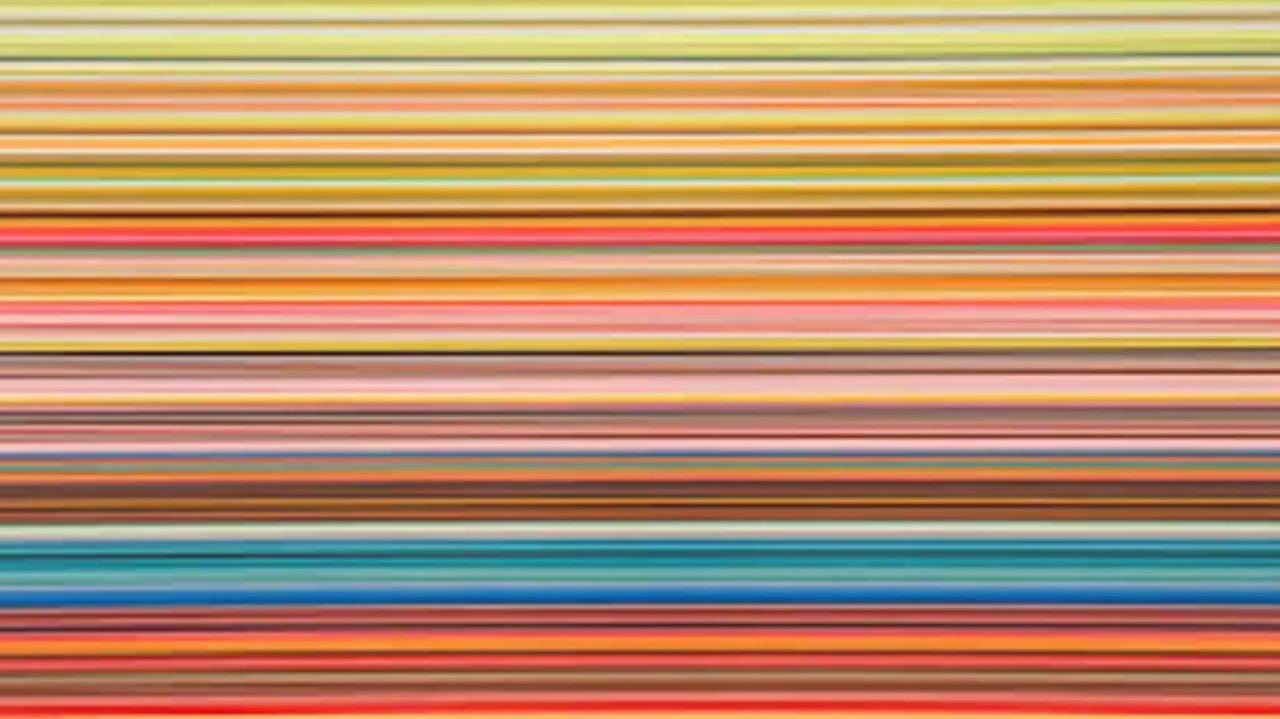Kate Vass Galerie & elementum.art opens the group exhibition "Liebe Maschine, male mir”. Curated by Georg Bak and Kate Vass, the exhibition showcases new artworks by Frieder Nake, Hein Gravenhorst, Alexander Mordvintsev, Manfred P. Kage, Herbert W. Franke, Ganbrood, and Espen Kluge, that trace a broad spectrum of algorithmic art.
We live in an exo- evolution - to put it in the words of Peter Weibel - in which tools expand our physical and mental abilities. Martin Kippenberger even went so far as to hire professional poster painters to paint pictures for him in his series of works “Lieber Maler, male mir” (Dear Painter, Paint for me). This is how you can roughly imagine the "pas de deux" between the artist-programmer and the computer. The artist sets the stage by programming an algorithm, while the machine delivers the output. Controlled coincidence can play a significant role, and unforeseen disruptive factors can occur at times. Claude Shannon's communication theory defines these as "noises" which would eventually become an artistic medium called "glitches". In the final act, however, the artist usually decides whether he considers a picture good enough or rejects it. It is also possible to leave a generative work of art as the machine accidentally completed it. Then it is up to the viewer to assign a higher aesthetic value to one or the other piece of art. Sometimes it is purely arithmetical qualities, such as the rarity of a feature, that determine the value.
As a continuation of his experiments with the same data over the last 3 years, Espen developed a new algorithm that created a new set of works, the Lyrical Convergence. Espen attempts to visualize the inner kismet of the Alternatives portraits with this new growth algorithm. In contrast to the original series's geometric structure, the result of the new sequence presents an organic-looking abstract form expressing intangible sensations.
The monochromic background, the centralized shape, the united lines, and the neat, calm colour palette are reminiscent of the art of Georges Mathieu, one of the fathers of lyrical abstraction.
The artist adapts the immediate and direct approach to the new algorithm that brings the subject's position to the object into question. Espen exalts it with the projection of his code with the coherent intensity to which the algorithmic execution of fragmentary castellations of lines, fields and colour imparted a maximum objectification. He makes it a place almost independent of the artist's existence, the code, and the manifestation of art itself. His series Lyrical Convergence is insemination in which subjective and objective, rather than being considered antonymous, hold a dialogue and form integration.


